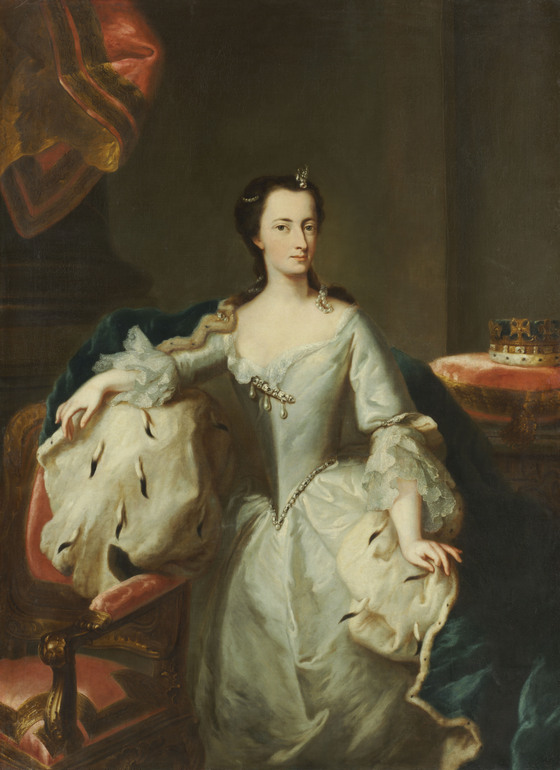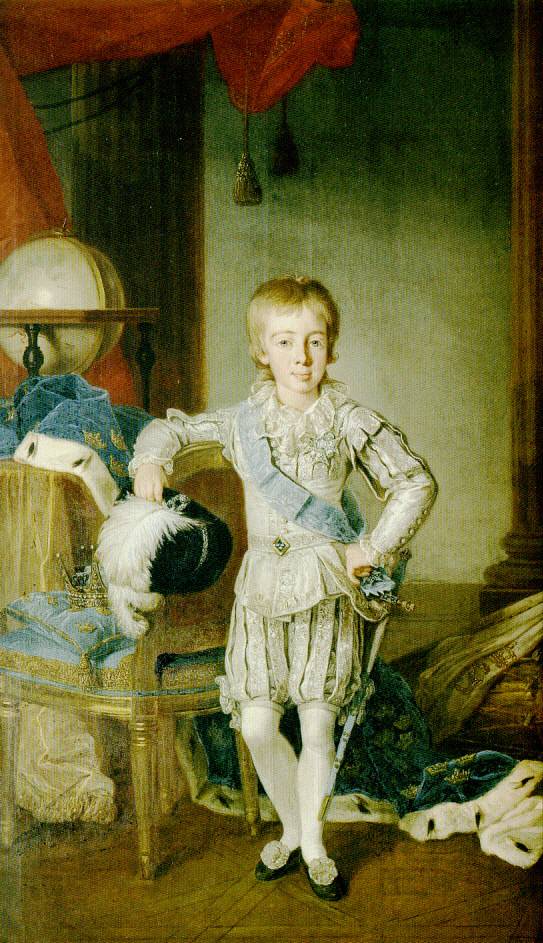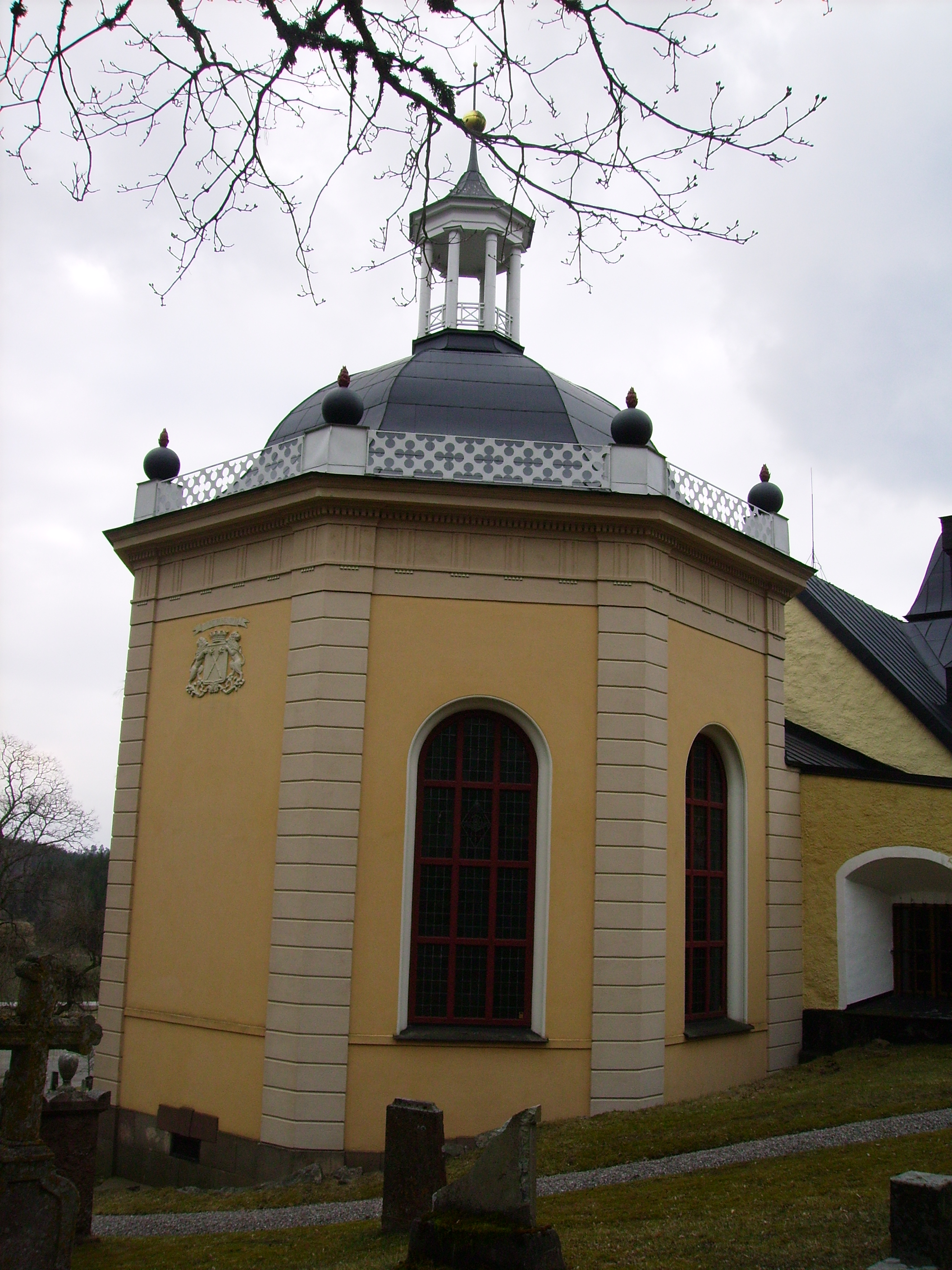|
Russo-Swedish War (1788–1790)
The Russo-Swedish War of 1788–1790 was fought between Sweden and Russia from June 1788 to August 1790. The war was ended by the Treaty of Värälä on 14 August 1790 and took place concomitantly with both the Austro-Turkish War (1788–1791), Russo-Turkish War (1787–1792) and Theatre War. The war was, overall, mostly insignificant for the parties involved. Background The conflict was initiated by King Gustav III of Sweden for domestic political reasons, as he believed that a short war would leave the opposition with no recourse but to support him. Despite establishing himself as an autocrat in a bloodless ''coup d'état'' that ended parliamentary rule in 1772, his political powers did not give him the right to start a war. Also he was becoming increasingly unpopular, an issue which became obvious during the parliament session of 1786. This unpopularity was also encouraged by Russia, which believed an autocratic king to be a threat to its interests. However, Russian suppor ... [...More Info...] [...Related Items...] OR: [Wikipedia] [Google] [Baidu] |
Battle Of Hogland
The naval Battle of Hogland took place on 17 July (6 July OS) 1788 during the Russo-Swedish War (1788-1790). Origins On the outbreak of war with Russia in 1788, Sweden planned to attack the Russian capital St. Petersburg. One Swedish army was to advance through Finland; a second army, accompanied by the Swedish coastal flotilla, was to advance along the Finnish coast into the Gulf of Finland; while a third army sailed with the Swedish battlefleet in order to land at Oranienbaum to advance on St. Petersburg. To succeed, the Russian Baltic Fleet had to be eliminated or blockaded in its ports at Reval (now Tallinn) and Kronstadt. A part of the Swedish battlefleet, 12 ships of the line and 5 frigates under the command of Prince Charles, Duke of Södermanland had set sail from Karlskrona on 9 June 1788. While Duke Charles had overall command of the fleet, he was assisted by Admiral Anton Johan Wrangel (the younger) and had the experienced naval officer Lieutenant Colonel Otto ... [...More Info...] [...Related Items...] OR: [Wikipedia] [Google] [Baidu] |
Prince Charles Of Hesse-Kassel
Prince Charles of Hesse-Kassel (, German and ; 19 December 1744 – 17 August 1836) was a cadet member of the house of Hesse-Kassel and a Danish general field marshal. Brought up with relatives at the Danish court, he spent most of his life in Denmark, serving as royal governor of the twin duchies of Schleswig-Holstein from 1769 to 1836 and commander-in-chief of the Norwegian army from 1772 to 1814. Early life Charles was born in Kassel on 19 December 1744 as the second surviving son of Hesse-Kassel's then hereditary prince, the future Frederick II, Landgrave of Hesse-Kassel and his first wife Princess Mary of Great Britain. His mother was a daughter of King George II of Great Britain and Princess Caroline of Brandenburg-Ansbach and a sister of Queen Louise of Denmark. His father, the future landgrave (who reigned from 1760 and died in 1785), left the family in 1747 and converted to Catholicism in 1749. In 1755 he formally ended the marriage with Mary. The grandfather, Wil ... [...More Info...] [...Related Items...] OR: [Wikipedia] [Google] [Baidu] |
Gustavian Era
The History of Sweden from 1772 through 1809 is better known as the Gustavian era of Kings Gustav III and Gustav IV, as well as the reign of King Charles XIII of Sweden. Gustav III Adolf Frederick of Sweden died on 12 February 1771. The elections afterward resulted in a partial victory for the Caps party, especially among the lower orders; but in the estate of the peasantry the Caps majority was merely nominal, while the mass of the nobility was dead against them. Nothing could be done, however, till the return of the new king, Gustav III, from Paris. Coronation oath The new coronation oath contained three revolutionary clauses: #The first aimed at making abdications in the future impossible by binding the king to reign uninterruptedly. #The second obliged him to abide, not by the decision of all the estates together, as heretofore, but by that of the majority only, with the view of enabling the actually dominant lower estates (in which there was a large Cap majority) ... [...More Info...] [...Related Items...] OR: [Wikipedia] [Google] [Baidu] |
Sidney Smith (Royal Navy Officer)
Admiral Sir William Sidney Smith (21 June 176426 May 1840) was a British naval and intelligence officer. Serving in the American and French revolutionary wars and Napoleonic Wars, he rose to the rank of Admiral. Smith was known for his offending character and penchant for acting on his own initiative, which caused a great deal of friction with many of his superiors and colleagues. His personal intelligence and enterprise led to his involvement in a variety of tasks which involved diplomacy and espionage. He became a hero in Britain for leading the successful defence of Acre in 1799, thwarting Napoleon's plans of further conquest in the Sinai. Napoleon Bonaparte, reminiscing later in his life, said of him: "That man made me miss my destiny". Early life and career Sidney Smith, as he always called himself, was born into a military and naval family with connections to the Pitt family. He was born at Westminster, the second son of Captain John Smith of the Guards and his w ... [...More Info...] [...Related Items...] OR: [Wikipedia] [Google] [Baidu] |
Salomon Von Rajalin
Baron Salomon Maurits von Rajalin (25 August 1757 – 23 September 1825) was a Swedish Navy admiral and civil servant. Career Rajalin was born on 25 August 1757 in Karlskrona, Sweden, the son of the governor of Blekinge County Johan von Rajalin (who was titled Baron ( ''friherre'') from 1771) and his wife Barbara Eleonora von Gertten. Appointed at the age of sixteen to acting sub-lieutenant in the Fleet of the Army, Rajalin served 1780–82 as an employee of the French Navy. After having returned to Sweden, he quickly rose through the ranks and became, since the Caribbean island of Saint Barthélemy in 1784 came into Swedish possession, in 1785 the first Swedish governor there. From there he was transferred in 1787 to the governor location on Gotland and held that post for 20 years, during which he however long periods of time held different positions of trust. He was during the Russo-Swedish War 1788–90 military commander of the Archipelago fleet and excelled particularly in ... [...More Info...] [...Related Items...] OR: [Wikipedia] [Google] [Baidu] |
Carl August Ehrensvärd
Count Carl August Ehrensvärd (5 May 1745 – 21 May 1800) was a Swedish naval officer, painter, author, and neo-classical architect. Ehrensvärd was born in Stockholm, and died in Örebro. Though active as a naval officer during his entire life, he is mostly remembered for the burlesque caricatures of often famous people from his era with which he decorated his letters. Some of his writings were published by Svenska Vitterhetssamfundet. In 1790, he was elected a member of the Royal Swedish Academy of Sciences. See also * Johan Tobias Sergel * Carl Michael Bellman Carl Michael Bellman (; 4 February 1740 – 11 February 1795) was a Swedish songwriter, composer, musician, poet and entertainer. He is a central figure in the Swedish song tradition and remains a powerful influence in Swedish music, as well ... References External links * Swedish architects Swedish male writers Swedish nobility Swedish admirals Members of the Royal Swedish Academy of Sc ... [...More Info...] [...Related Items...] OR: [Wikipedia] [Google] [Baidu] |
Carl Olof Cronstedt
Carl Olof Cronstedt the elder (3 October 1756 – 7 April 1820) was a Swedish naval commander responsible for the overwhelming Swedish victory at the Second Battle of Svensksund, one of the largest naval battles in history. He is often better remembered, however, as the commander of the fortress of Sveaborg ( fi, Suomenlinna) during the Finnish War in 1808–09, which was fought between Sweden and Imperial Russia, and ended in Cronstedt surrendering the fortress. Biography Cronstedt was born on Botby mansion (now a part of Helsinki) in Finland 3 October 1756. His parents were Johan Gabriel Cronstedt and Hedvig Juliana Jägerhorn af Spurila. He joined the army in 1765 and advanced to the rank of lieutenant in 1773. Three years later, Cronstedt, like many Swedish officers of the day and age, volunteered to serve abroad in the ongoing American War of Independence, and served in the Royal Navy until 1779. Intriguingly, unlike most Swedish officers who had traditionally gone into fore ... [...More Info...] [...Related Items...] OR: [Wikipedia] [Google] [Baidu] |
Rudolf Cederström
Olof Rudolf Cederström (8 February 1764 – 1 June 1833) was a Swedish naval commander. Cederström enlisted in the Swedish admiralty in 1779 and as captain, he conducted a raid against Rogervik. He distinguished himself in 1790 at the naval Battle of Reval and the Battle of Viborg Bay. During the following years he led ships against privateers in the North Sea. He was sent in 1801 to fight alongside the United States Navy in the Mediterranean during the First Barbary War. In 1808 his ships were sent to blockade Gotland in order to repel a Russian invasion . His last military action was against Denmark and France in 1813, when he helped Swedish forces capture Vorpommern. In 1815, he was appointed a minister but returned to the navy in 1818. He finally resigned in 1828. Career Cederström was born in Landskrona, Sweden, the son of Claes Cederström and his wife Margareta Elisabet von Mevius. He was a student in Uppsala in 1776 and was admitted to war service at the Admiralty in ... [...More Info...] [...Related Items...] OR: [Wikipedia] [Google] [Baidu] |
Gustaf Mauritz Armfelt
Count Gustaf Mauritz Armfelt (russian: Граф Густав-Маврикий Максимович Армфельт, tr, ; 31 March 1757 – 19 August 1814) was a Finnish- Swedish- Russian courtier and diplomat. In Finland, he is considered one of the greatest Finnish statesmen. His advice to Russia's Tsar Alexander I was of utmost importance for securing the autonomy of the Grand Duchy of Finland. Career Born in Tarvasjoki, Finland, he was the great grandson of Charles XII of Sweden's general, Carl Gustaf Armfeldt. In 1774, Armfelt became an ensign in the guards, but his frivolous behavior involving a duel provoked the displeasure of Gustav III of Sweden. As a result, he thought it prudent to go abroad 1778. Subsequently, however, in 1780, Armfelt met the king again at Spa in the Austrian Netherlands and completely won over the previously disgruntled monarch with his natural amiability, intelligence and social gifts. Henceforth, his fortune was made. At first, he was gi ... [...More Info...] [...Related Items...] OR: [Wikipedia] [Google] [Baidu] |
Gustaf Wachtmeister
Gustaf Wachtmeister (25 July 1757 – 20 July 1826) was a Swedish Army officer made famous at the Battle of Valkeala in Finland in 1789 against Russia where he was wounded by a musket shot to his arm, which had to be amputated. He was made the hero of the hour by King Gustav III who was in desperate need of publicity as he tried to silence domestic opposition with a crushing victory over Russia. Military career He was born into an aristocratic Swedish family in 1757 and as was common for sons of Swedish noble families, embarked on military life at a young age, receiving a commission as an ensign in 1772. In 1778 he went abroad to gain experience on campaign, joining the Prussian Army fighting Austria in the War of the Bavarian Succession from 1778 to 1779. Returning to Sweden, Wachtmeister's career flourished and by 1780 he had a posting as a lieutenant-colonel commanding a battalion in the provincial Dalarna Regiment. He went on to fight against Russia at the Battle of Valkeal ... [...More Info...] [...Related Items...] OR: [Wikipedia] [Google] [Baidu] |
Curt Von Stedingk
Curt Bogislaus Ludvig Kristoffer von Stedingk (26 October 1746 – 7 January 1837) was a count of the von Stedingk family, and a successful Swedish army officer and diplomat who played a prominent role in Swedish foreign policy for several decades. Biography Early life Von Stedingk was born in Swedish Pomerania on 26 October 1746. His father was Major Kristoffer Adam Stedingk and his mother was Countess Kristina Charlotta von Schwerin, daughter of Frederick the Great's famous Field Marshal Kurt Christoph von Schwerin. He married Ulrika Fredrika Ekström and became the father of one son and five daughters, who married into the noble families af Ugglas, Biörnstierna, von Platen, d'Otrante and Rosenblad; he was the father of the composer Maria Fredrica von Stedingk. During the Seven Years' War, while Sweden was at war with Prussia, the 13-year-old Curt was an ensign in the personal regiment of the Crown Prince of Sweden. After the war ended, he went to Sweden to claim compensatio ... [...More Info...] [...Related Items...] OR: [Wikipedia] [Google] [Baidu] |
Johan August Meijerfeldt The Younger
Count Johan August Meijerfeldt (4 May 1725–21 April 1800) was a Swedish field marshal. To distinguish him from his father, Johan August Meijerfeldt the Elder, he is generally referred to as Johan August Meijerfeldt the Younger. He pursued a military career both outside Sweden, and as an officer in Swedish service in the Pomeranian War and the Russo-Swedish War. Towards the end of the latter war, he was given command of all Swedish land forces in Finland, and promoted to field marshal at the end of the war. He was married to Louise Meijerfeldt. Biography The Meijerfeldt family came from Livonia. Johan August Meijerfeldt the Younger was born in Stralsund in Swedish Pomerania on 4 May 1725. He began a military career early in life. In 1737 he was already serving in a regiment in his hometown. In 1744 he was promoted to the rank of captain, and the following year received royal permission to leave the country to fight in the War of the Austrian Succession on the side of Austria, f ... [...More Info...] [...Related Items...] OR: [Wikipedia] [Google] [Baidu] |


